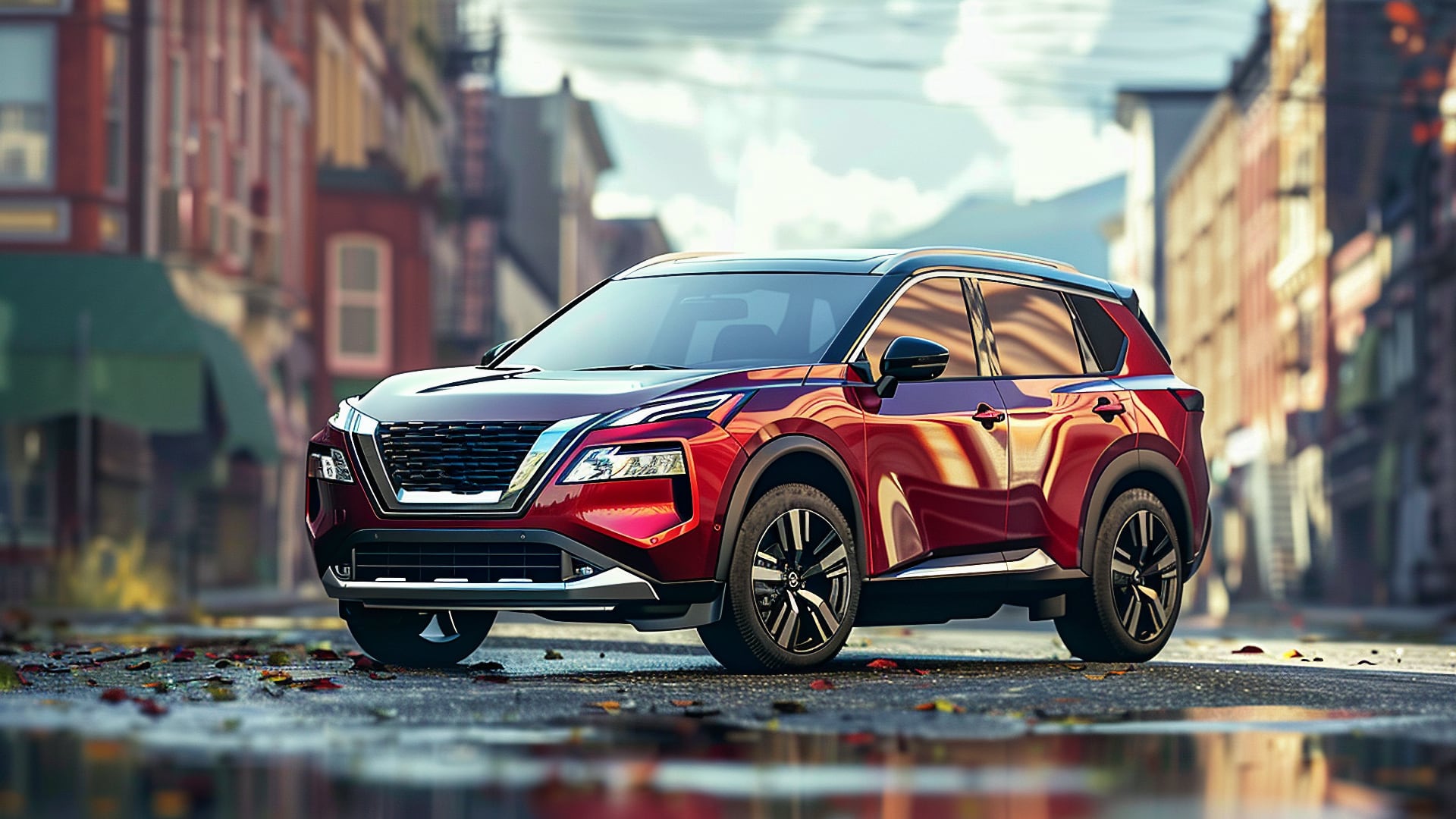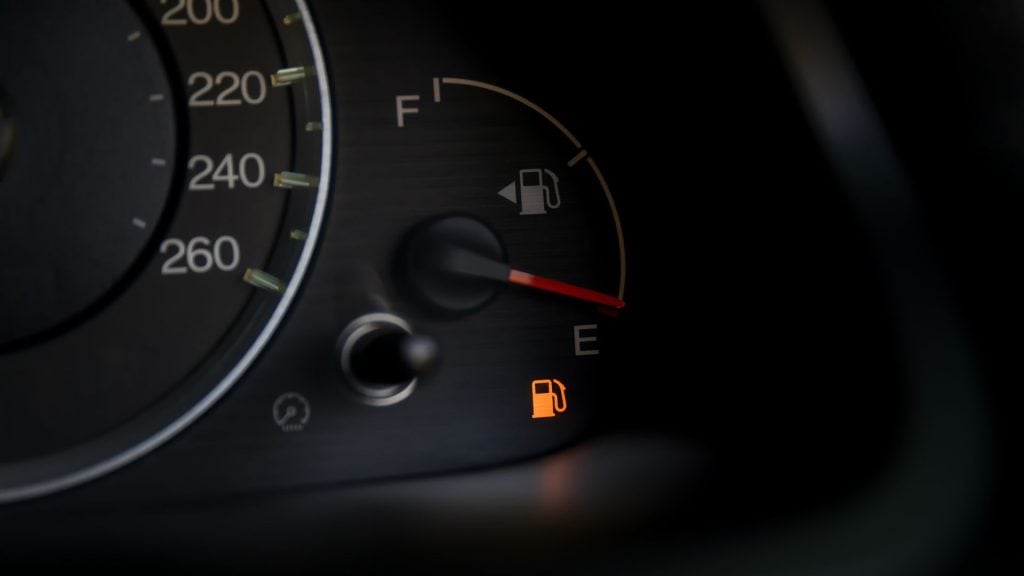Best and worst Nissan Rogue years — which to avoid
Drawing on an extensive review of documented issues and genuine owner feedback, our evaluation of best and worst Nissan Rogue years separates the best performers from those with notable concerns.

Nissan Rogue is one of the best-selling vehicles of the brand in the US, yet buying one still requires some due diligence. As a whole, the model showcased great durability, but only if you avoid the problematic model years.
That’s what we’ll try to help you accomplish with this guide on the best and worst Nissan Rogue years. We’ll go over the common problems related to specific Rogue models based on driver complaints issued to NHTSA, first-hand ownership experiences, and model reviews from trusted automotive platforms.
Why you can trust REREV’s advice on which car model years to avoid: Our car experts look at official data, ask real drivers what they think, and talk to experienced mechanics to make sure our list is useful. This reliable info can make buying a car easier for you. Want to know how we do it? Find out more about our research methodology.
How we rated the best and worst Nissan Rogue years
In the making of this guide, our team of experts used verified reliability records and information from trusted organizations like NHTSA. We also considered safety ratings that the model has achieved through a series of tests conducted by the Insurance Institute for Highway Safety, where the Rogue scored excellent results.
We also wanted to compare the details of reliable model years with some of the worst-rated ones, and we did it through official recalls and feedback from real drivers. We wrapped this guide up by using popular forum threads and ratings on platforms like Edmunds and KBB, so here’s what we found:
| Nissan Rogue Generation | Best Nissan Rogue Years | Worst Nissan Rogue Years |
|---|---|---|
| 1st generation | N/A | 2008, 2009, 2010 |
| 2nd generation | 2019 | 2013, 2014, 2015, 2016 |
| 3rd generation | 2020, 2021, 2022 | N/A |
Most common Nissan Rogue problems

Before we discuss the worst model years, it’s essential to keep you posted on model-specific issues that affected the reliability ratings of those models. Among those, we have some repetitive transmission and A/C problems, so let’s take a closer look:
1. Inaccurate fuel readings
Some Rogue models have been reported to give off false fuel readings because of a problem with their fuel level sender. In this case, fuel would finish or be at very low levels, but the fuel gauge won’t alert the driver.
Instead, they give false hope and leave drivers stranded before they reach their destination or the nearest gas station. The problem manifests as a fuel gauge not working and it can be quite annoying when you don’t know your fuel level readings.
To remedy the issue, drivers had to replace the device to get accurate fuel readings. Unfortunately, replacing the device is pretty expensive. After several complaints, Nissan had to recall some of the vehicles for repairs including those that struggled with malfunctioning fuel pumps.
2. Faulty brakes
The automatic braking feature on the Rogue caused problems for some of its models. It would engage for no reason without the driver triggering it. This can be pretty dangerous when speeding on highways or moving in light traffic.
3. Faulty air conditioner
The evaporative emissions control system (EVAP) sensor sometimes acts up in Rogue models, causing the AC to malfunction. The EVAP traps escaping gas vapors, recirculating them in the engine to reduce environmental pollution. However, it produces some reactions when the sensor is faulty from clogging a tube between the fuel tank and the EVAP vapor canister.
First, it will hinder your car from passing an emissions test. It will trigger the check engine light and sometimes spill gas out of the tank when you go to get a refill.
This experience can be frustrating in sweltering weather, but replacing the sensor will solve this problem. Nobody likes throwing away money like that, so drivers raised concerns. Nissan included reimbursements for repairing this problem in their warranty in response.
4. CVT issues
In 2002, Nissan introduced its continuous variable transmission (CVT) system to provide smooth rides and excellent control. But, this transmission would spell trouble for Nissan, earning it lawsuits.
Drivers report that it delivers on its promise before revealing its ugly side with age. The problems may manifest via shuddering, shaking, stalling, and ultimately dying while running. It is a significant hazard in fast-moving traffic as accidents can quickly happen because of a sudden unexpected stop.
Furthermore, the coolant Nissan uses for their CVT transmission is inadequate, often leading to overheating. The overheating transmission causes the car to shake and subsequently enter fail-safe mode. It also gives off a loud whine as it gets older.
Nissan placed an extended transmission warranty for their 2008 to 2010 models to boost customer loyalty and resolve their transmission complaints. However, lawsuits increased when the transmission warranty program ended in 2010. The high cost of replacing the CVT made many buyers think twice before buying the Rogue and other Nissan products.
Worst Nissan Rogue years to avoid
It would be best to avoid getting the Nissan Rogue models of 2008 through 2016 and 2018. These vehicles got a lot of backlash for several reasons, mainly transmission and engine failure. To help you get the bigger picture, we’ve listed all of the model years that should be avoided below:
- 2008
- 2009
- 2010
- 2012
- 2013
- 2014
- 2015
- 2016
- 2018
We’ll also further explain the issues of these by their generation so you can understand why it simply doesn’t pay off to go with one of them.
First-generation Nissan Rogue (2008-2012 model years)
Aside from the transmission messing up, other components of the first-gen Rogue also had issues, including faulty airbags and crash sensors.
Since the prospect of overheating was typical for the transmission, it was easy for the engine to get affected and exhibit a supporting crop of problems. The heating, ventilation, and air conditioning (HVAC) problems were not as severe as the other problems, but they were still a loud issue.
Among these production years, the one with minor complaints was the 2009 model. However, the 2011 model year had the most issues with the transmission, usually due to faulty CVT cooling. Other problems that this generation faced include paint peeling off, A/C heather malfunctions, and faulty interior accessories, so we’d advise against going for one of the first-gen models just to be safe.
Second-generation Nissan Rogue (2013-2016 model years)
With the 2017 Rogue, Nissan made good strides toward correcting the problems the old versions faced. However, the 2018 Rogue, which drivers presumed would significantly improve, delivered a disappointing performance.
To begin with, the 2018 Rogue had severe problems with the brakes. The brakes sent a lot of vibrations that sometimes set a seat swinging or shaking noisily. In mild cases, pressing the brakes would only give your steering-holding hands an irregular pulse.
Others complained that while driving, the Nissan would slow down and continue as though nothing had happened. The process would repeat itself, usually caused by a faulty CVT transmission valve body. These issues were caused by the automatic braking system which turned out to be faulty for a lot of Rogue and X-Trail models, and those were partially fixed through a recall.
Harsh shifting and similar transmission issues still persisted through this generation as well, and there have been reports of suspension going bad and electrical features not working properly.
What are the best Nissan Rogue years to buy?
If you seek to buy a Nissan Rogue anytime soon, you are probably wondering – what are the best Nissan Rogue years? The best Nissan Rogue years include the 2020, and 2021 models. Here’s a complete list of desirable models in terms of their reliability:
- 2017
- 2019
- 2020
- 2021
- 2022
While the 2017 model turned out to be the best-rated second-gen Rogue, it still suffered from some transmission faults, so it’s best to avoid it. Here’s what’s good about the 2020 model:
2020 Nissan Rogue
The 2020 model more or less has the same reliability rating as the 2021 so we’ll discuss their benefits for the buyer in one section. Both of these are free of any CVT transmission issues since Nissan finally managed to repair the faulty valve bodies and include new ones in the latest gearbox system.
While you won’t have to deal with those if you opt in for a 2020 or 2021 Rogue, there have been some reports of braking system issues and body/paint issues. Even so, the excellent safety rating that the model received along with a low number of driver complaints and positive driver feedback made it the go-to option on the used car market.
Our take
If you are a fan of Nissan vehicles, you should avoid the models of 2008 through 2016 and 2018 at all costs. They are both a waste of money and time and dangerous and somewhat unsafe.
Get 2017, 2020, and 2021 models if you want to enjoy the good Nissan experience. They made up for the inadequacies of the other models on these recent ones and included new technologies to spice up your ride.
The 2022 model is their best one yet. But until we see how it behaves after an entire year of existence, we cannot put it above the other models that have been tested, tried, and proven reliable.
Our detailed reviews, grounded in real owner experiences and rigorous research, aim to ensure your automotive decisions are informed and precise. For a closer look at what makes some years better than others, check out our articles on the Honda CR-V, Toyota RAV4, and Ford Escape years to avoid. Navigate the road to your next car purchase with confidence, equipped with knowledge from our trusted guides
What Nissan Rogue has the most transmission problems?
The 2013 Rogue had the most transmission problems. It was not uncommon to see its transmission fail, consequently delivering acceleration problems. The vehicle also had electrical and body issues.
What year Nissan Rogue is being recalled?
The 2021 and 2022 Rogue vehicles are being recalled over their non-compliance with the Federal Motor Vehicle Safety Standards for rear visibility. Their rearview displays are inoperative because of a continuous rebooting of the vehicle’s infotainment system.
Are used Nissan Rogues reliable?
Used Nissan Rogues are reliable, with the 2021 model having the overall reliability score. Used Nissan Rogues do well over time, except the worst ones from 2008 through 2016 and 2018. Surprisingly, the 2014 and 2016 models also have a good reliability rating and great options for second-hand usage.
What problems does the Nissan Rogue have?
The most common problem the Nissan Rogue has is transmission failure. Other common issues are brake faults, air conditioner problems, fuel gauge inaccuracies, suspension noises, quickly fading paint, and backup camera problems.